
Do Class I Medical Devices Need a 510(k)?
Manufacturers aiming to market Class II medical devices (and some Class I and III devices) or in vitro diagnostic devices (IVD) in the United States must submit a 510(k) premarket notification to the FDA. Most Class I and some Class II products can directly undergo company and product registration without submitting safety and effectiveness reports to the FDA.
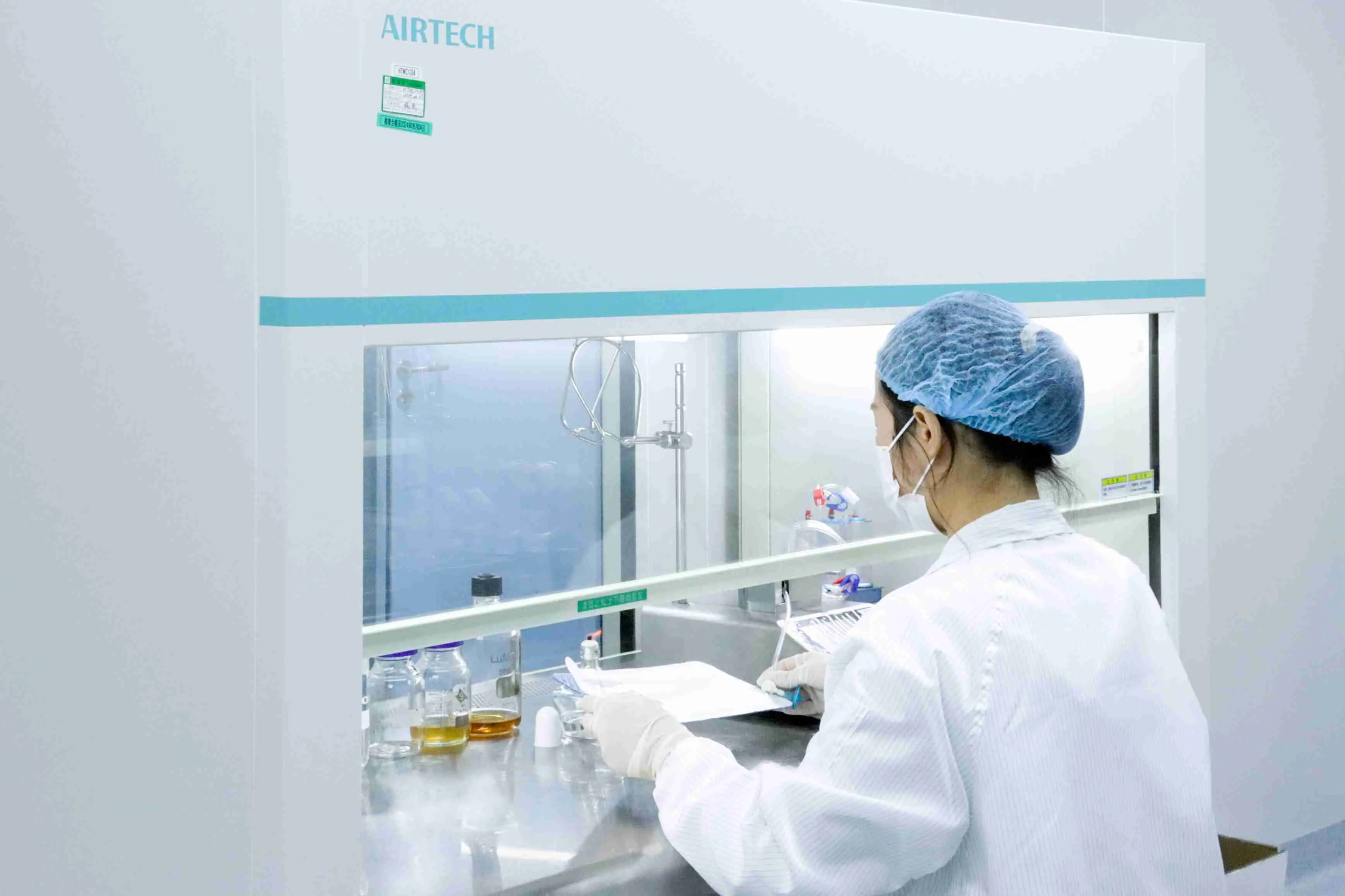
Device Classification
The FDA has classified over 1,700 unique types of medical devices, which are listed in 16 categories (or panels) within the Code of Federal Regulations (CFR). Determining whether your device is a Class I, II, or III medical device begins with identifying the relevant panel.
What is a Class I Medical Device?
Class I medical devices have minimal contact with patients and minimal impact on their overall health. These devices typically do not interact with internal organs, the circulatory system, or the central nervous system. Approximately 47% of medical devices are Class I, and about 95% of these are not subject to regulatory processes.
If a medical device is considered exempt, it does not require a 510(k) premarket notification or premarket approval (PMA) before being sold in the United States. However, manufacturers must register their facilities and products with the FDA. They must also comply with the general control measures applicable to all classes of medical devices, including those for adulteration, misbranding, device registration, record-keeping, and good manufacturing practices.
Examples of Class I Medical Devices
- Enema kits
- Stethoscopes
- Latex gloves
- Bandages
- Bedpans
- Tongue depressors
- Surgical masks
- Irrigating dental syringes
What is a 510(k)?
A 510(k) refers to a premarket notification process mandated by Section 510(k) of the Federal Food, Drug, and Cosmetic Act. Applicants must submit a safety and effectiveness report to the FDA, demonstrating that the device is substantially equivalent to a legally marketed predicate device. If approved, the applicant receives a 510(k) number, signifying that the device is as safe and effective as the predicate device.
Determining Your Medical Device Classification
The FDA has categorized over 1,700 unique medical devices into groups within the Electronic Code of Federal Regulations (eCFR). Identifying your device's category within these groups is the first step in determining whether it is a Class I, II, or III device. The 16 panels are:
- Anesthesiology
- Cardiovascular
- Chemistry
- Dental
- Ear, Nose, and Throat
- Gastroenterology and Urology
- General and Plastic Surgery
- General Hospital
- Hematology
- Immunology
- Microbiology
- Neurology
- Obstetrics and Gynecology
- Ophthalmic
- Orthopedic
- Pathology
- Physical Medicine
- Radiology
- Toxicology
To classify your medical device, start by selecting the appropriate panel. For example, to classify a blood pressure cuff, select the cardiovascular panel, then choose "blood pressure cuff" under cardiovascular diagnostic devices. The classification page will indicate that blood pressure cuffs are Class II devices based on performance standards.
510(k) Submission Requirements
A typical 510(k) submission includes:
1. Cover letter and table of contents (including attachments)
2. Truthfulness declaration (using FDA's standard template)
3. Registration number (or a statement if not yet registered)
4. 510(k) summary or statement
5. Product information:
- Device name
- Classification
- Performance standards
- Product identification
6. Substantial equivalence comparison (SE)
7. Device description:
- Intended use
- Operating principle
- Power source
- Components
- Photos
- Process diagrams
- Assembly drawings
- Structural diagrams
8. Safety and effectiveness information:
- Design and testing data
9. Biocompatibility information
10. Color additive information (if applicable)
11. Software validation (if applicable)
12. Sterilization information (if applicable):
- Sterilization method
- Validation
- Product packaging
- Labeling
Note: Inapplicable items can be omitted. For instance, passive devices do not need software technical files or software test results, and most mature products do not need clinical trial results.
Specific Advantageous Services
1. Annual registration and product listing on the FDA website:
- Product premarket approval (510(k), exempt 510(k))
- Maintaining active status of company accounts
2. Dun & Bradstreet number query and activation
3. Product classification and code matching
4. Application for creating FDA UDI-DI and GUDID accounts
5. GUDID database entry of critical device information
6. FDA standard testing
By understanding these processes and requirements, manufacturers can ensure compliance and facilitate the successful market entry of their medical devices in the United States.
Email:hello@jjrlab.com
Write your message here and send it to us
 How to Obtain a Cosmetic Product Safety Report
How to Obtain a Cosmetic Product Safety Report
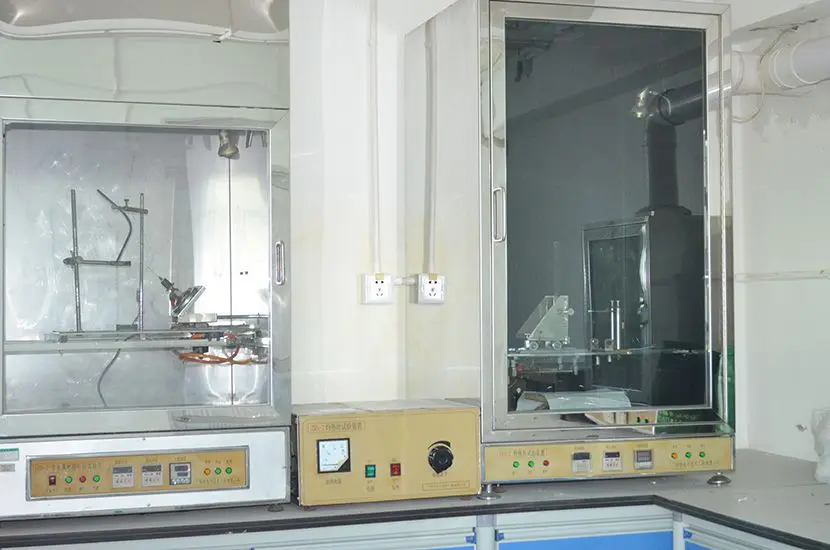 US and EU Cosmetics Compliance
US and EU Cosmetics Compliance
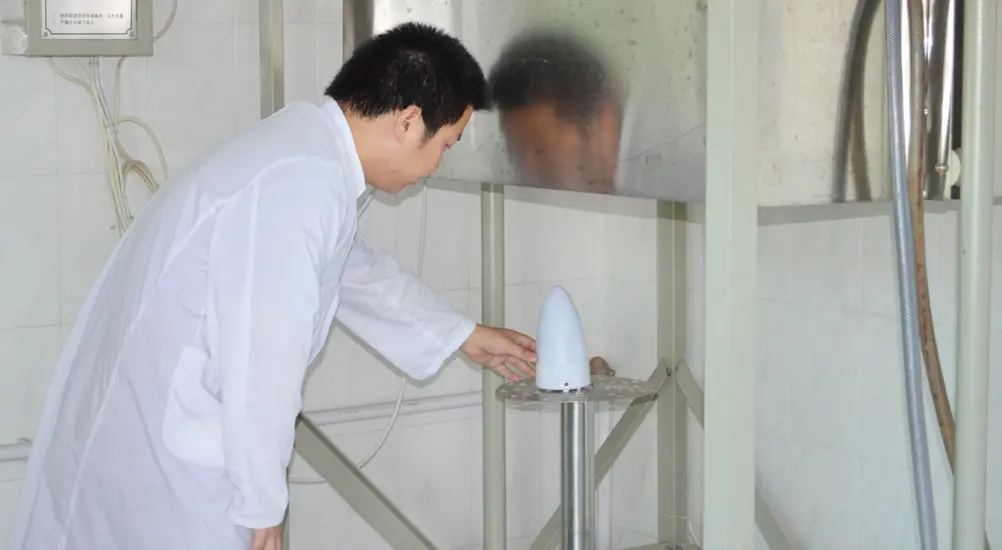 How to Obtain SDS Sheets Certification
How to Obtain SDS Sheets Certification
 Personal Care Products MSDS
Personal Care Products MSDS
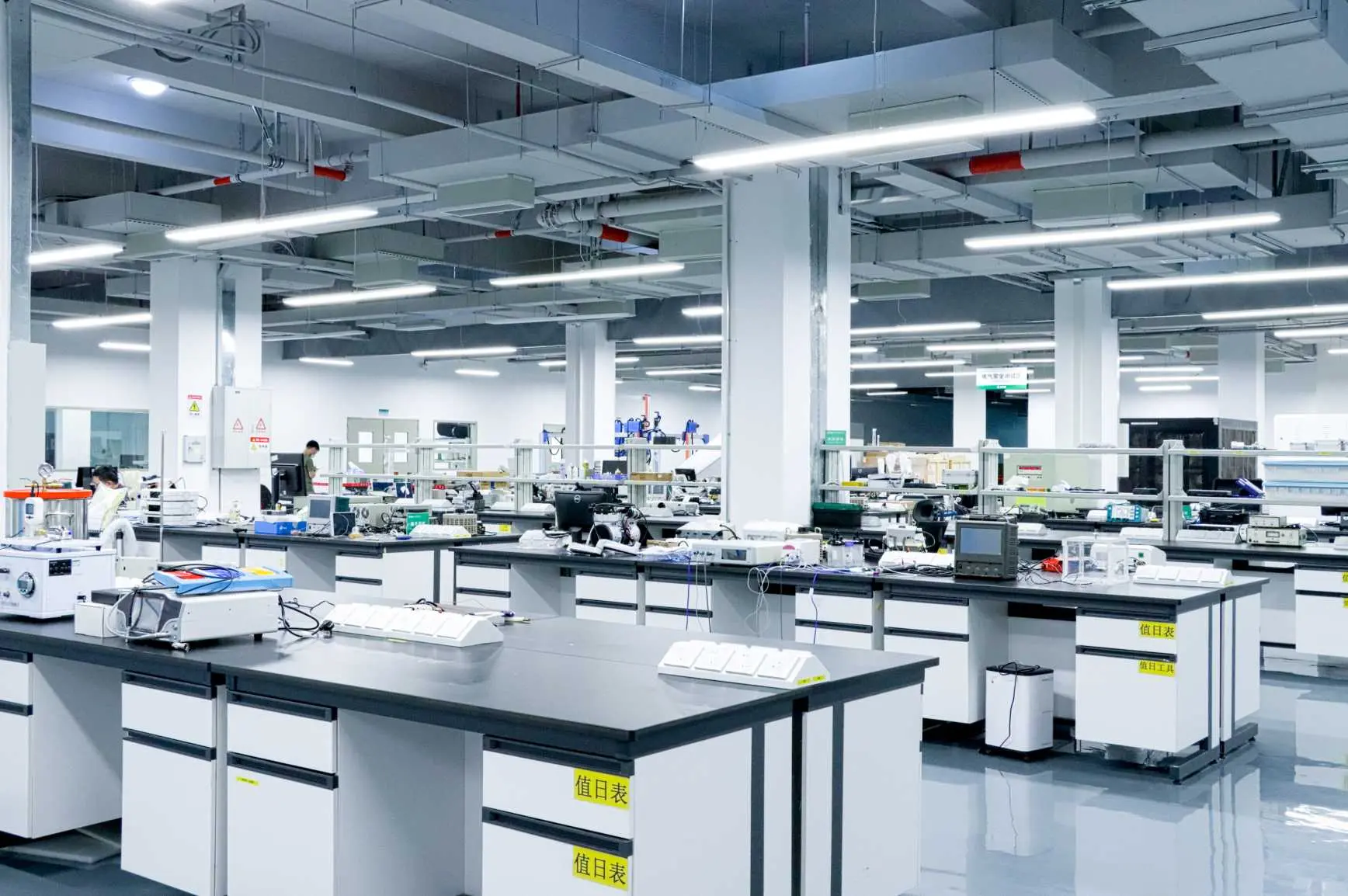 Approval for UL 1727 Introduction
Approval for UL 1727 Introduction
 Candle Label Requirements United States
Candle Label Requirements United States
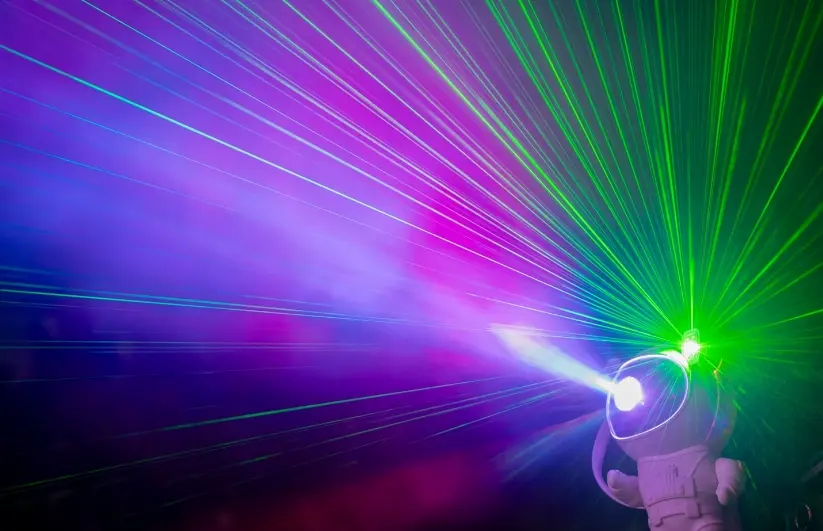 Laser Product Qualification Consultants
Laser Product Qualification Consultants
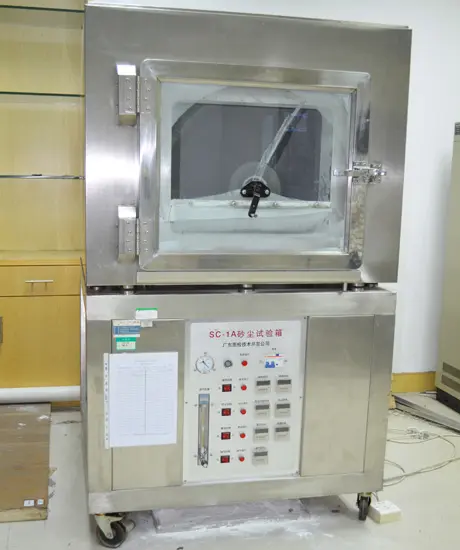 UL 268 Smoke Detector
UL 268 Smoke Detector
Leave us a message
24-hour online customer service at any time to respond, so that you worry!




